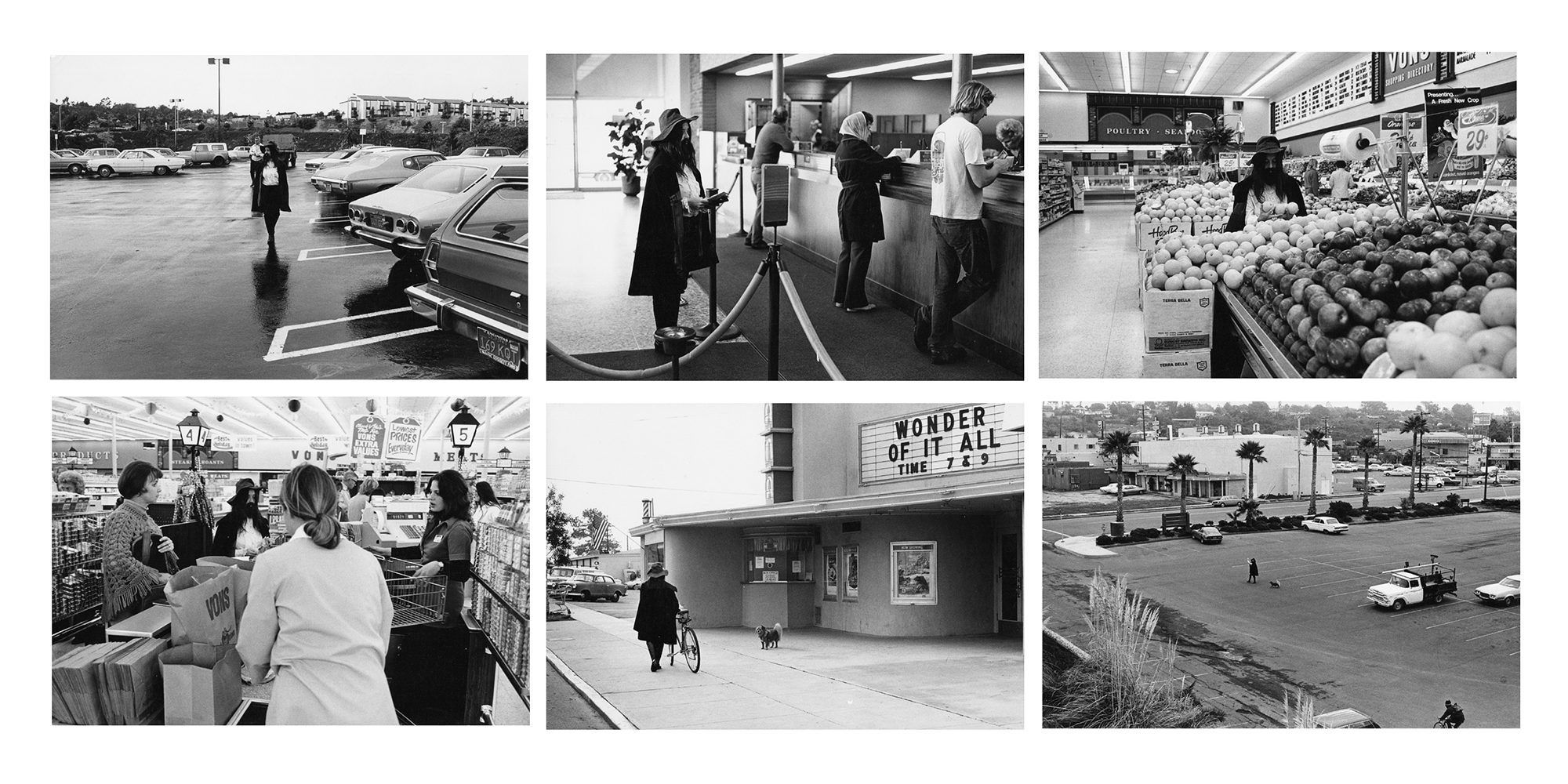In 1840, Edgar Allan Poe’s short story “The Man of the Crowd” introduced a new literary archetype: the flâneur—a genteel, strolling spectator of the European metropolis who would become a fixation in the cultural writings of Charles Baudelaire, and later, Walter Benjamin. On view at Philadelphia’s Barnes Foundation, “Person of the Crowd: The Contemporary Art of Flânerie” (through May 22) takes the idea of this idiosyncratic wanderer and subverts it through works made by more than 50 international artists after 1950. Addressing topics from gentrification to gender issues, each piece employs the public sphere for sociopolitical commentary.
Take a Walk
A show looks to subvert the privileged position of the flâneur.
By Colleen Kelsey February 27, 2017
“I’m interested in the various ways that artists engage in the social body and all that implies,” says Thom Collins, the foundation’s executive director and president. Reflecting this, the exhibition builds out the street as a source for scavenged materials—as demonstrated in pieces by Robert Rauschenberg and Carolee Schneemann—and also a conceptual space for interrogating societal mores, exemplified by Jenny Holzer’s flyer-like communiqués, or Pope.L’s staggering “The Great White Way, 22 Miles, 9 Years, 1 Street” (2001), a video documenting the artist’s performative crawl down New York’s Broadway, making for a visceral accounting of the black body in public.
The salient crux of the show is that flip of the script, removing the flâneur from its privileged position as an observer. “It was a bourgeois phenomenon in a moment when socially, politically, and economically, you had to be a privileged white man to do this,” Collins says. “So what does it look like now?”
Above: Eleanor Antin’s “The Wonder of It All” (1974-75). (Photo: Courtesy of Ronald Feldman Fine Arts, New York)
